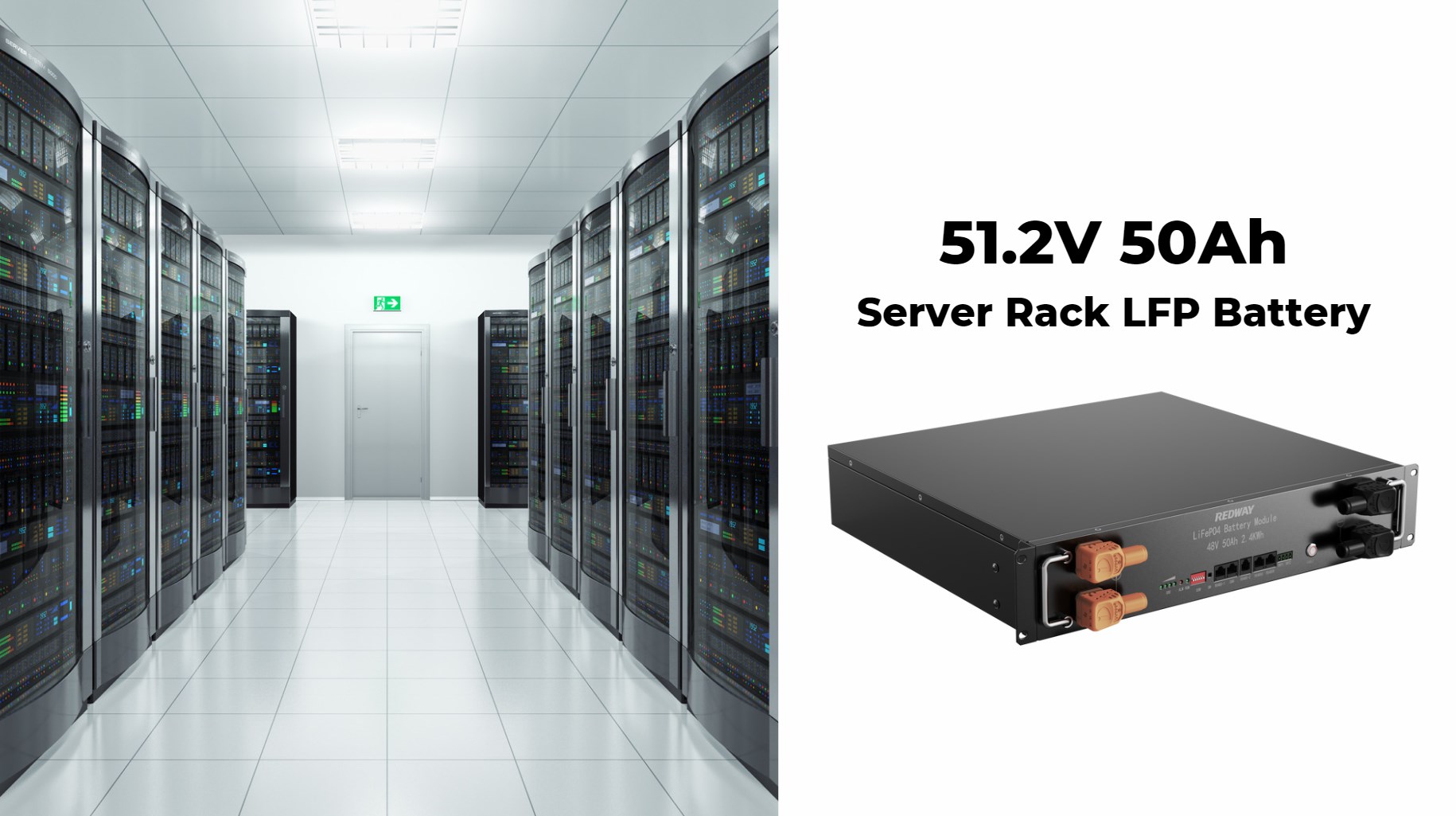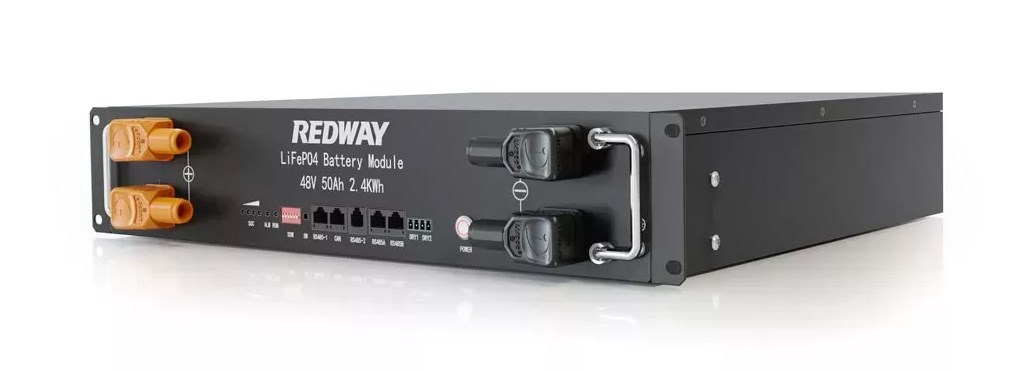In the world of IT infrastructure, choosing the appropriate Uninterruptible Power Supply (UPS) for your server rack is a decision of paramount importance. The reliability and efficiency of your operations hinge on this choice, making it essential to thoroughly understand how to select the best UPS server rack battery backup solution. This guide will walk you through the key factors to consider, ensuring you make an informed decision that safeguards your business from unexpected power disruptions.
To choose the right UPS server rack, consider these key factors: size and compatibility with your servers, capacity to support connected devices, ventilation for cooling, accessibility for maintenance, and appropriate mounting options. These elements ensure your UPS rack meets operational needs and protects your IT infrastructure effectively.
Understanding UPS Capacity Requirements
1. Calculate the Maximum Watt and VA Ratings
The first step in choosing a UPS server rack is to calculate the maximum watt and volt-ampere (VA) ratings of all the equipment that the UPS will support. This calculation is crucial because it determines the capacity you need. To do this, sum up the watt and VA ratings of each piece of equipment that will be connected to the UPS. Ensure that the UPS you select has ratings that exceed these totals.
2. Add a Safety Margin
It is highly recommended to select a UPS with a watt capacity that is 20% to 25% higher than the total power drawn by your equipment. This additional capacity ensures that the UPS can handle any unexpected surges or additional loads, providing a buffer that enhances overall system reliability.
Assessing UPS Features and Capabilities
1. Evaluate Expandability Options
When selecting a UPS, consider the future growth of your IT infrastructure. Opt for models that offer scalability and expansion options. This ensures that as your equipment needs grow, you can easily add additional battery packs or UPS units without having to replace the entire system.
2. Consider Advanced Monitoring and Management Features
Advanced monitoring features are critical for maintaining the health and performance of your UPS system. Look for UPS models that offer real-time monitoring, remote management capabilities, and detailed reporting. These features allow you to track power usage, battery health, and system status, enabling proactive management and quick response to potential issues.
3. Check for Ease of Installation and Maintenance
Ease of installation is another important factor. Choose a UPS that is designed for straightforward setup and maintenance. Models with modular designs and tool-free installation processes can save significant time and effort. Additionally, consider UPS units with user-friendly interfaces and accessible battery compartments for easier maintenance and battery replacement.
Choosing the Right Type of UPS
1. Online Double-Conversion UPS
For mission-critical applications requiring the highest level of protection, an Online Double-Conversion UPS is ideal. This type of UPS continuously converts incoming AC power to DC and then back to AC, providing consistent and clean power. It offers superior protection against all types of power disturbances, including voltage sags, surges, and frequency variations.
2. Line-Interactive UPS
A Line-Interactive UPS is a good choice for environments where power quality is relatively stable but still prone to occasional fluctuations. This type of UPS provides automatic voltage regulation (AVR) to correct minor power issues without switching to battery power, thus extending battery life and reducing wear.
3. Standby UPS
For smaller setups or non-critical applications, a Standby UPS might be sufficient. It provides basic protection by switching to battery power when it detects a problem with the incoming power. This type is less expensive but offers less protection compared to Online and Line-Interactive UPS systems.
Evaluating Battery Life and Replacement Options
1. Battery Life Considerations
Battery life is a critical factor in the overall effectiveness of your UPS system. The typical lifespan of a UPS battery ranges from 3 to 5 years, but this can vary based on usage and environmental conditions. Choose a UPS with batteries that are easily replaceable and readily available to minimize downtime in case of battery failure.
2. Maintenance Bypass Switches
For uninterrupted maintenance and battery replacement, consider UPS systems equipped with maintenance bypass switches. These switches allow you to perform necessary maintenance or replace batteries without shutting down your critical systems, ensuring continuous operation.
Assessing Environmental and Space Constraints
1. Physical Dimensions and Rack Compatibility
Ensure that the UPS you select fits within your server rack and matches the physical dimensions required for your setup. Many UPS units are designed to be rack-mounted, but it’s crucial to verify that the dimensions and mounting options align with your existing infrastructure.
2. Ventilation and Cooling Requirements
UPS units generate heat, so proper ventilation is essential to maintain optimal performance and extend the lifespan of the equipment. Ensure that the UPS has adequate cooling and ventilation features, and plan for additional cooling if necessary to prevent overheating.
Making the Final Decision
When making your final decision, balance all the factors discussed above—capacity, features, type, battery life, and environmental considerations. By carefully evaluating each aspect, you can select a UPS server rack battery backup solution that not only meets your current needs but also provides the flexibility to accommodate future growth.
Conclusion
Selecting the right UPS server rack is a critical investment in the stability and reliability of your IT infrastructure. By thoroughly assessing your capacity requirements, evaluating features, and considering environmental constraints, you can make an informed decision that ensures the continuous operation of your systems and safeguards your business against power disruptions. Choose wisely, and your UPS will serve as a robust backbone for your IT operations, protecting your valuable equipment and ensuring business continuity.




